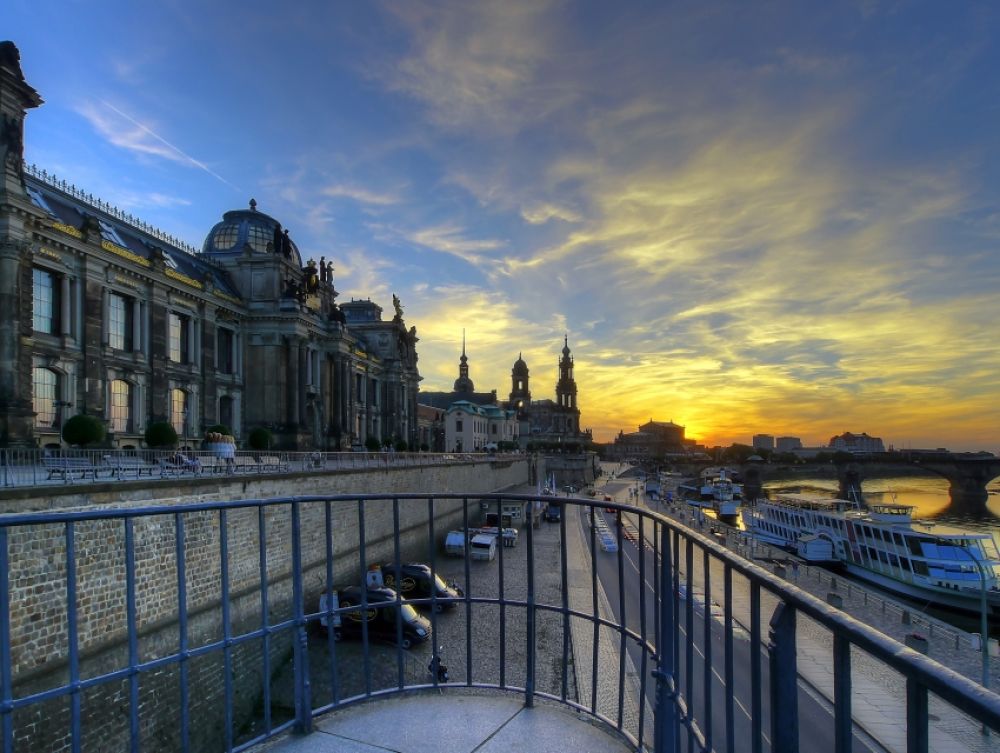

Dresden, a city etched with a rich tapestry of history and heritage, is home to Brühl's Terrace, affectionately known as "The Balcony of Europe." This architectural marvel and historic promenade have been a centerpiece in the city's cultural and social life for centuries.
Brühl's Terrace dates back to the 16th century. Initially, it was part of the city's fortifications until it was transformed into a garden by Heinrich von Brühl in the 18th century, whom the terrace is named after. Brühl was a count of the Holy Roman Empire and a key advisor to the elector and king. He commissioned the terrace to be part of his palace grounds, sculpting it into the baroque masterpiece we know today.
In the 19th century, after the Napoleonic wars, the fortifications were deemed unnecessary and thus turned over to the city. The conversion of this former defensive bastion into a public walkway was designed by Gottlob Friedrich Thormeyer. It was opened to the public in 1814 and quickly became a popular spot for locals and visitors alike.
Brühl's Terrace has been a cornerstone in Dresden's tourism since its opening. With its stunning views of the Elbe River and its proximity to other architectural wonders, such as the Frauenkirche, the Hofkirche, and the Semperoper, the Terrace invites countless tourists to stroll along its paths and soak in the beauty and serenity it offers.
The Terrace's significance goes beyond its beauty; it is also a symbol of rebirth. Heavily damaged during World War II, Dresden and its famous Terrace have been meticulously restored, capturing the imagination of those interested in history and the human capacity to rebuild.
The latest tourism trends in Dresden focus on sustainable and experiential travel. Tourists are increasingly looking for authentic experiences that are respectful of the environment and cultural heritage. Brühl's Terrace plays heavily into this trend, offering peaceful surroundings and a pedestrian-friendly environment.
In the digital age, Brühl's Terrace has also become a sought-after location for photography, capturing the blend of nature, urban life, and historical architecture that defines Dresden. This picturesque spot appeals to both leisure tourists and influencers seeking the perfect backdrop for social media.
Today, visitors to Brühl's Terrace can enjoy guided tours that shed light on its historical significance and detail the stories behind the statues and monuments adorning the promenade. Various cultural events, from open-air exhibits to musical performances, are frequently held here, allowing tourists to engage with the local culture.
Seasonal activities also attract tourists, from enjoying a summer stroll to viewing the festive lights and decorations during the holiday season. The terrace's proximity to Dresden's Christmas markets makes it an especially popular destination in winter.
Brühl's Terrace remains a testament to Dresden's resilience and charm. Whether you're a history enthusiast, an art lover, or someone in search of tranquility amidst beautiful landscapes, Brühl's Terrace offers a timeless appeal that continues to captivate the hearts of visitors from around the globe.